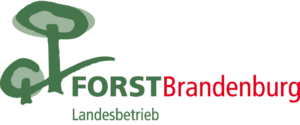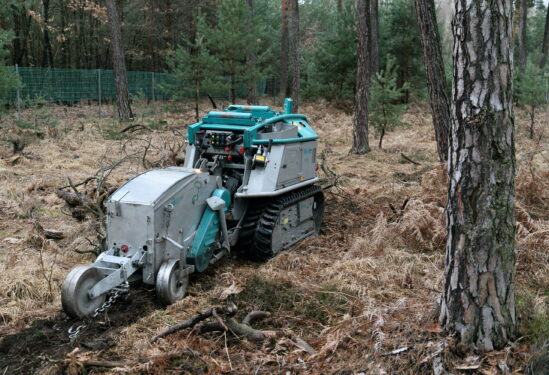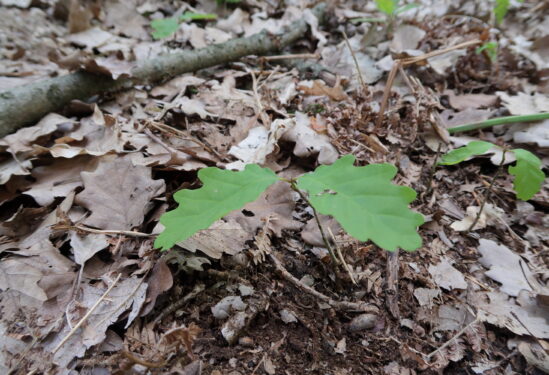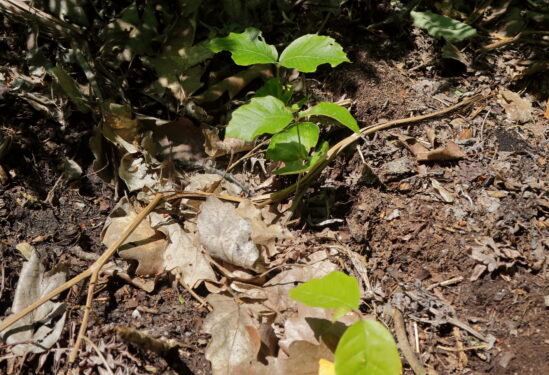Since the introduction of modern planting machines in the 1960/1970s, forest seeding has played only a minor role in Brandenburg. Although generally encouraged, only 5% of the annual cultivated area is sown in the state forest. Based on the machine capacity, 10 times as much would already be possible. However, sowing methods tested elsewhere cannot be transferred to Brandenburgs forests without further investigation.
The ecological, economic and technological advantages of fully mechanized no-till farming are obvious. However, the Brandenburg state forest service lacks a scientifically proven basis for decision-making, for example on the use of small-scale forestry technology. So far, this has been replaced by knowledge, derived from local observations and personal – even accidental – experience. Systematic trials of techniques and procedures in typical regeneration situations are therefore particularly necessary, taking into account mixed tree species as well. The aim is to use the precious seed as sparingly and efficiently as possible, with the best possible regeneration success in terms of silvicultural objectives.
This results in the following subtasks:
(1) Identifying the framework conditions, success and critical factors,
(2) Testing, optimization and further development of new technologies for fully mechanized direct seeding, taking into account
(3) Consideration of important mixed tree species and
(4) Deriving recommendations for all forest owners and fields of action.
The climate-sensitive site and silvicultural region of southern Brandenburg is examined in more detail. The process trials are typical forest conversion areas of the Lusatian landscape.
Partner
Landesbetrieb Forst Brandenburg (LFB)
Project Funding
Ministerium für Land- und Ernährungswirtschaft, Umwelt und Verbraucherschutz des Landes Brandenburg (MLEUV)



